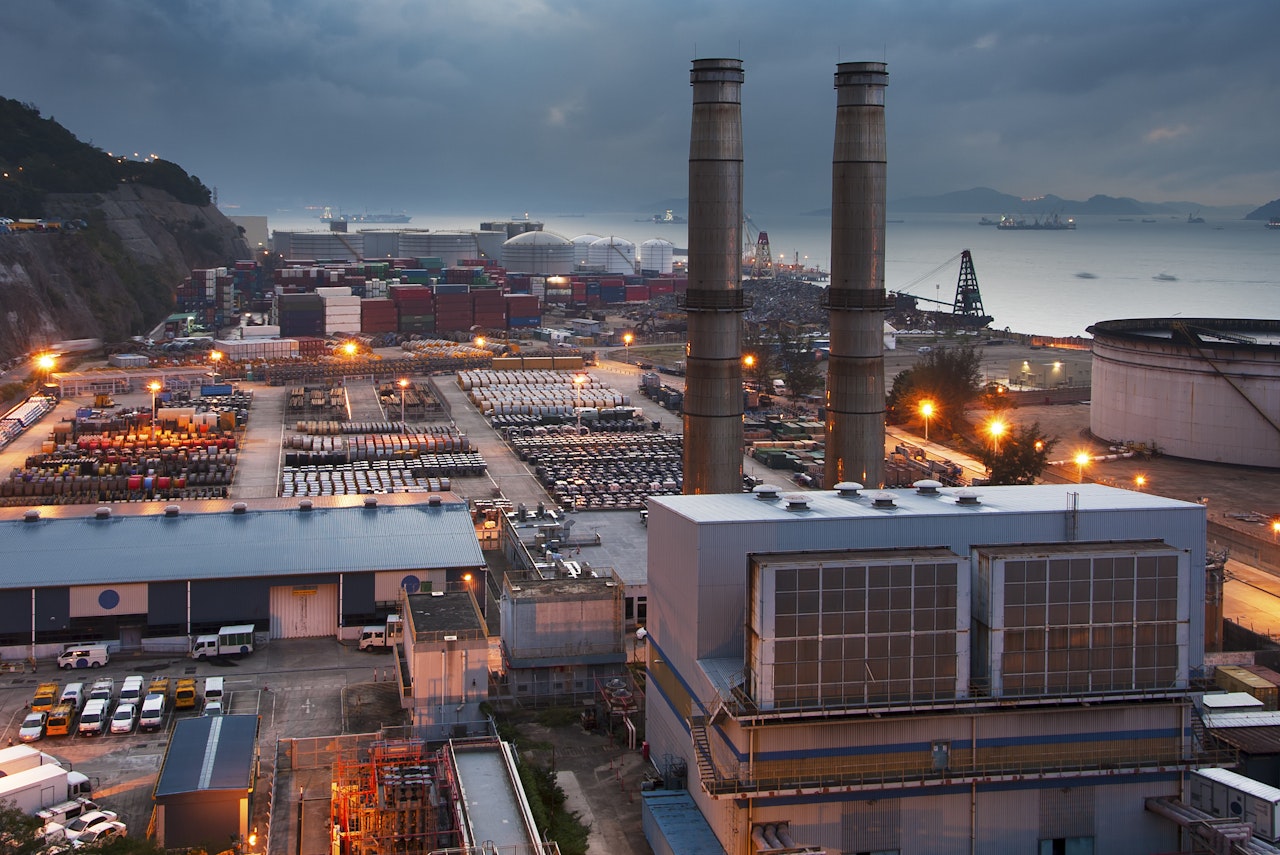The Role of Low-Carbon Fuels in the Clean Energy Transitions of the Power Sector

About this report
Governments around the world are faced with the challenge of ensuring electricity security and meeting growing electricity uses while simultaneously cutting emissions. The significant increase in renewables and electrification of end-uses plays a central role in clean energy transitions. However, due to the variable nature of solar PV and wind, a secure and decarbonised power sector requires other flexible resources on a much larger scale than currently exists today. These include low-carbon dispatchable power plants, energy storage, demand response and transmission expansion. The availability and cost of these technologies depends on local conditions, social acceptance and policies.
The possibility to combust high shares of low-carbon hydrogen and ammonia in fossil fuel power plants provides countries with an additional tool for decarbonising the power sector, while simultaneously maintaining all services of the existing fleet. The relevant technologies are progressing rapidly. Co-firing up to 20% of ammonia and over 90% of hydrogen has taken place successfully at small power plants, and larger-scale test projects with higher co-firing rates are under development.
Ultimately, using large volumes of low-carbon hydrogen and ammonia in the power sector will help establish supply chains and drive down costs through economies of scale and technological improvements, thereby complementing and mutually reinforcing the use of low-carbon in fuels in other hard-to-abate sectors such as long-haul transport and industry.
The possibility to combust high shares of low-carbon hydrogen and ammonia in fossil fuel power plants provides countries with an additional tool for decarbonising the power sector, while simultaneously maintaining all services of the existing fleet. The relevant technologies are progressing rapidly. Co-firing up to 20% of ammonia and over 90% of hydrogen has taken place successfully at small power plants, and larger-scale test projects with higher co-firing rates are under development.
Ultimately, using large volumes of low-carbon hydrogen and ammonia in the power sector will help establish supply chains and drive down costs through economies of scale and technological improvements, thereby complementing and mutually reinforcing the use of low-carbon in fuels in other hard-to-abate sectors such as long-haul transport and industry.